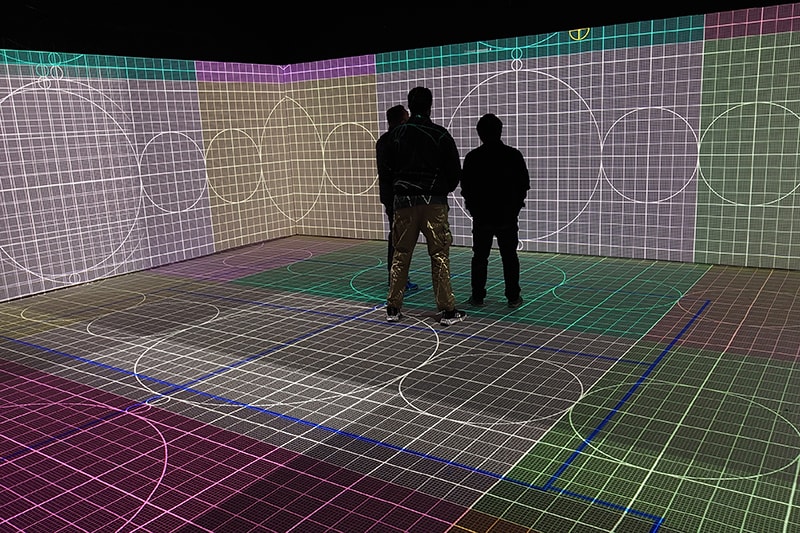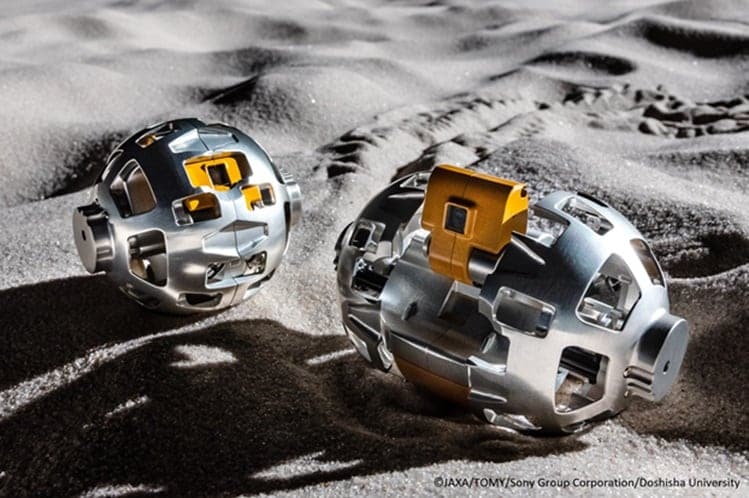Collaboration
Visualize the Entrepreneurial Process to Accelerate Open Innovation
Dec 24, 2019

Sony started Sony Startup Acceleration Program (hereafter "SSAP") in 2014, and since then the program has built a platform that provides seamless support from ideation, incubation, commercialization to sales and expansion.
In the fiscal year of 2019, the program has opened to idea owners outside Sony to enhance the exchange of ideas and engagement among more people, aiming to achieve new ways of open innovation in efforts to create a better society.
Based on the experience and know-how accumulated from the program, the web application "StartDash" was developed to help visualize and analyze the business status. How will this application accelerate open innovation and contribute to the society in the future? We sat down for a conversation with members from SSAP in charge of development and the project leader from Kyocera Corporation who actually developed a new product using the application.
Profile
-
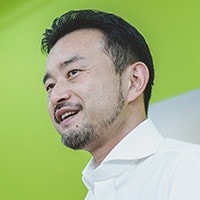
Shinji Odashima
Startup Acceleration Division,
Business Incubation Platform,
Sony Corporation -
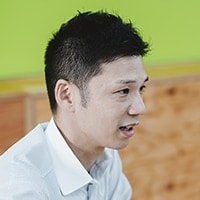
Makoto Tachibana
Startup Acceleration Division,
Business Incubation Platform,
Sony Corporation -
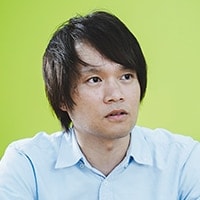
Tomohiro Inagaki
Possi Project Leader
Kyocera Corporation
The spirit of open innovation always exists in Sony
──Odashima-san, you have formulated the Seed Acceleration Program (SAP), which is a predecessor of SSAP for creating new businesses in Sony. How did you come up with this idea?
Shinji Odashima:After joining Sony Corporation (hereafter "Sony"), I was assigned to the device marketing department, where I studied business operations for about 10 years. During my overseas assignment, I was fortunate to start a business that has scaled to tens of billion yen from scratch. I was then transferred back to Tokyo to join the Group Strategy Department at the headquarters, where I was involved in handling company-wide issues. I had an opportunity to take a look at business plans submitted from various divisions to the Department, I felt that there were not enough new business ideas. Although it was during the time in which the company was streamlining its organizational structure at that time, looking at 10 or 20 years ahead of time made me feel the sense of risks in the company.
So, I tried to visit various workplaces to directly talk with various employees and noticed that there exist new innovative business ideas, but the employees were struggling in not knowing where to submit or how to make those ideas into businesses. I realized that many new business ideas could not find their way into commercialization for various reasons.
When I researched on activities of other oversea companies, second-generation companies, whose founders had already retired from their business long before, had established a structure to absorb new ideas. Based on those ideas, companies collaborated with other companies to combine the new idea with their technology and know-how to quickly start a business. When I questioned Sony executives about whether we can incorporate the concept of this open innovation and its mechanisms into Sony, the answer was "Sony has always been that way."
With that in mind, when I looked back at the past, I realized that Sony had implemented many business ventures—an example is the CD format technology developed through its partnership with Philips. The term "open innovation" is just a new term used recently, but Sony has had pursued the concept of co-creation for a long time.
From then on, I had focused on establishing SAP (Seed Acceleration Program), the predecessor of SSAP, for creating new businesses in Sony. As a result, 34 business ideas were developed and 14 businesses were created from the program. Those include toio™ (a toy platform), Qrio (smart lock), and wena wrist (the hybrid smartwatch). Without the existence of SSAP, these ideas would not have come out to the world.
Throughout the years, we have received many inquiries about our program from outside the company, and noticed that many people were facing the same problems. We thought it was then the time to further pursue open innovation, and therefore, we have opened this program to idea owners outside Sony.
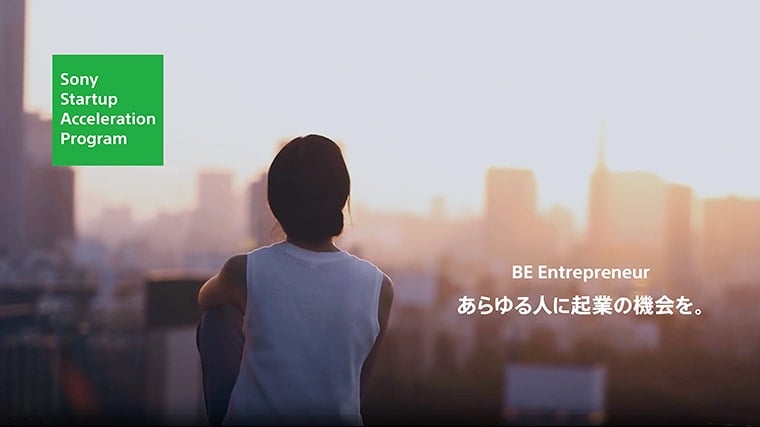
Five potential challenges for startups
──In order to provide services outside Sony, you have also developed StartDash as a web application to support business development. What is your aim and purpose of the StartDash?
Odashima:SSAP is working to resolve five challenges that startups face, the first of which is to discover ideas and people that are essential to new business. The second challenge is to standardize entrepreneurial knowledge and know-how, and establish processes so that everyone can start a business.
Since startups are always lacking with their resources because of small scale of business, the third challenge is that we provide necessary resources and create a society where understanding that the startup stage is important whenever a new business starts is mutually shared. The fourth challenge is to help startups overcome hurdles by providing them with technology. The fifth challenge is to create opportunities to pursue business alliances including collaborations and investments, in order to scale the business. Among all of these challenges, StartDash falls under the fourth challenge.
The reason for developing Start Dash was that most of the time of the business development was spared on checking the tasks needed, and there was a limited time to focus on creative discussions.
I wanted to somehow reverse this situation and allow idea owners to focus more on the creative discussions to solve necessary problems. That's how I started developing StartDash together with Tachibana-san. We decided to go through a long list of questions that we had accumulated through the program to create a tool that would allow us to check in advance on the elements required for commercialization.
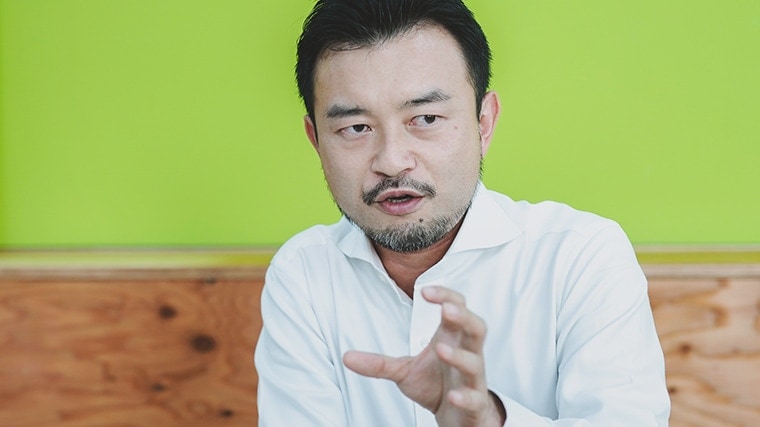
──How does StartDash play a role in starting a business? Also, what kind of difficulties have you encountered when developing this application?
Makoto Tachibana:StartDash is an assistant tool to help idea owners who want to start a new business, those who want to see whether their ideas could become businesses, or those who were struggling to create business plans. The application contains SSAP's know-how throughout the years, and by simply answering the questions in the form of a checklist, the user (idea owner) can quickly find out the missing piece in their business ideas, and understand the necessary tasks to be taken in advance. Start Dash can automatically create documents including a business plan based on the answers made. Documents can also be printed out to be shared with investors.
The background of the development of this application comes from my very own experience as an engineer. I was making various prototypes and thinking of new ideas, but I could not reach the level of making them into actual businesses. From my participation in SSAP, I have realized that no matter how good an idea is, it is difficult to commercialize unless you have the entire picture of the business. In the development, I thought thoroughly about what I needed to help myself at the past. The answer was to create a checklist of necessary tasks to be conducted and then understand what to be solved in the necessary order like a chart to obtain the overall picture of the business. We tried to make our web application to serve to guide idea owners.
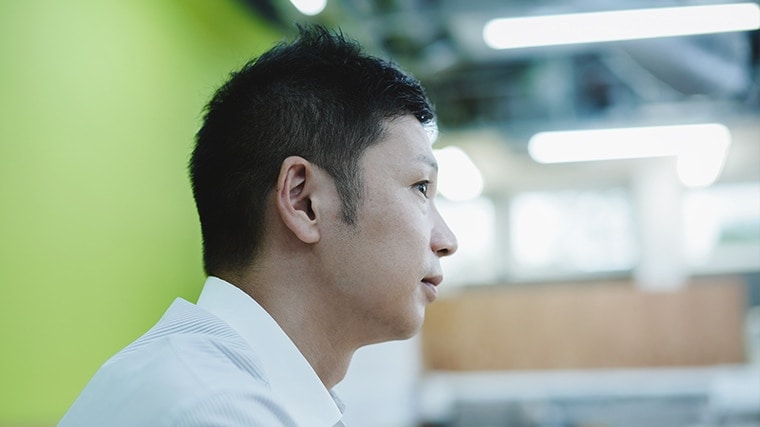
The first step of the development was to pick out redundant questions from a list comprised of more than 600 that had been compiled over several years by SSAP experts. The next was then to narrow down the list to about 400 questions and revise them so that those questions were easy to understood. By identifying the relationships between each question, as if we were writing up a computer program, we made it possible to visualize the process of starting a business. In addition, we have analyzed factors that caused many startups to fail and improved the checklist to be able to produce a firm business model. StartDash is designed to start with a single idea and be able to automatically generate a business model framework, budget plans, and business plans by simply answering questions. We have developed a structured tool that combines various business elements.
We have designed the UI/UX so that business creation process can be visualized in a process chart with two phases and five categories. This makes it possible for the idea owner to see the progress of their business idea at a glance.
When idea owners actually proceed, there are cases in which they need to go back to earlier questions previously answered after they have taken a look at the budget plan in the later phase realizing that the business will not make a profit with the current situation. If this happens in the actual business setting, there will be huge loss incurred. And that is why StartDash takes an important role to alert those idea owners on the risks before the actual business is launched. We have also designed StartDash so that idea owners will continue to be motivated to proceed and feel sense of accomplishment when they visually see the progress as if they were playing a game.
What’s more, the business plan created by StartDash provides items necessary in investment decision making. From this, we believe that this application covers investors’ point of view to help support in their investment decisions.
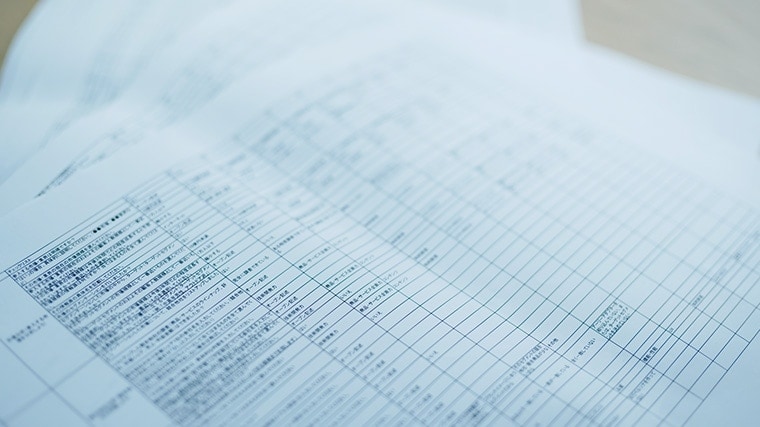
Taking various perspectives to increase empathy on the idea
──Inagaki-san, through SSAP, Kyocera Corporation (hererinafter “Kyocera”) have developed "Possi", a fine tuning toothbrush for children. How did you participate in SSAP? And what is your impression on StartDash after using the application?
Tomohiro Inagaki:At Kyocera's Medical Development Center, I was developing actuators utilizing Kyocera's piezoelectric elements as the key device. I have always wondered whether I can apply this technology to create medical products. At that time, SSAP already existed in Sony and I was advised by the director of the Medical Development Center to utilize the program to pursue my idea. I once joked that it would be interesting to develop a toothbrush in-house in Kyocera, and although I had a few other ideas, "toothbrush with sound" was what everyone wanted to try for new business. While I had no guarantee of succeeding with such toothbrush development, but I felt that it would be worth to try this with Sony.
We initiated the project at SSAP with five people and as soon as we started using StartDash, our team faced different opinions. When we usually discuss on these different opinions, the discussion tends to scatter, but StartDash helped us maintain the conversation as a source of common language in the group. As we carried out many discussions through StartDash, we were able to eliminate items that were risks to the business in advance, which helped accelerate the busines launch.
Furthermore, StartDash has broadened my perspectives in every way. When working in a large corporate, there are many people who we need to obtain approval from, and each of them has his/her own perspectives in their role in planning, development, finance, logistics, etc. However, StartDash visualizes the overview of the business, allowing us to see an idea from various perspectives and to share our thoughts and opinions by putting ourselves in their shoes, which makes it easier to obtain empathy.
──Lion Corporation (hereafter "Lion") has also participated from the initial stage of this project. What is the background of their participation?
Inagaki:We asked Lion to join us as our partner because StartDash gave an alert that it would be difficult to commercialize without a partner that can produce a toothbrush. Although it was only about a month after we enrolled in the program, we had taken action to look for partners at that time. We were then able to meet with Lion, and we had put all of our effort to convince them to join the project since we knew that the project would not succeed unless they join. If it was just the matter of creating a toothbrush, Kyocera might have been able to produce it on our own. However, we knew it would be difficult for consumers to purchase Kyocera’s toothbrush and do so even for a children since we had no reputation in that market. It was these suggestions from StartDash that allowed us to take necessary actions quickly.
Tachibana:StartDash is designed to go through each process by way of answering questions to identify all necessary components to create a new product. In every phase, the application tells what resources are needed, where to get such resources, which partner to work with, and all other missing pieces to enable the idea owner to notice risks in advance. In the case of Possi, StartDash helped the team to realize that the actual brush procurement was required from another company.
Inagaki:Whether you can notice such risks will affect the speed of the project by more than half a year. In addition, I think that Lion has agreed to participate in the project because we have them involved before the product was shaped. I can say that without StartDash, open innovation among the three companies would not be possible.
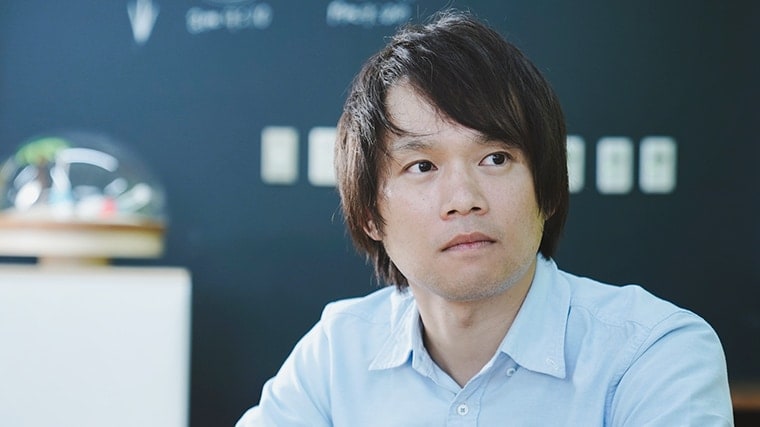
Realizing social demands through open innovation
──How do you feel about the possibility in open innovation after you have experienced the collaboration among Kyocera, Lion, and Sony?
Inagaki:The first thing I was told when I started SSAP was to identify "necessity" of doing the business. That is, being able to describe a social meaning of the business to attract people to work together. Just wanting to do the business without having such a kind of mindset will not bring people to follow or support you. If we had only said that we wanted to create a world of toothbrushing to be fun, Lion would not have worked with us, nor would we have received an approval within our company. While we need to keep in mind that we need to make profits from this business, the notion of "being beneficial to someone" is essential at the initial startup phase. It was SSAP that made me realize the importance of the strengths to attract people to work together.
When we announced Possi at the crowd funding site, we have received voices from customers with other social demands: "My parents have difficulty in toothbrushing because of dementia" or "My child does not like toothbrushing because of dentine hypersensitivity." I have realized that there are other underlying needs beyond parent and child toothbrushing practices, such as the need for people living with dementia, which reflects one of our current social issues, "the nursing care." I am eager to take on new challenge to resolve the issue as my next step.
Odashima:It was because of Inagaki-san, who came up with the idea, that these voices were collected and we were able to prove that ideas and talents are the most important factors for startups. In the case of Possi, the product was brought into the market very quickly because Kyocera, Lion, and Sony had collaborated together.
In order to allocate necessary resources very quickly, open innovation is important, and the product would not exist today unless we worked together with external talents. If Inagaki-san wants to solve major social issues in the future, it is likely that he will need to set a goal of combining larger resources or new technology to grow Possi into a larger business domain. I think that will be the next open innovation.
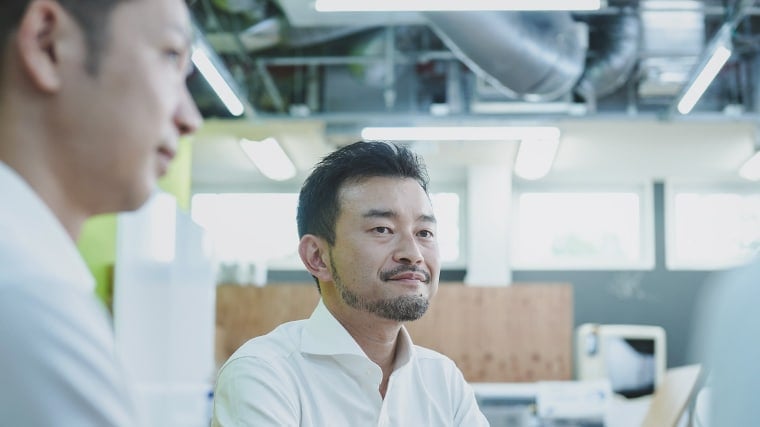
Create a society where individual identifies and solves issues
──Finally, let us ask all of you, starting with Inagaki-san. What kind of future do you have in mind through SSAP activities?
Inagaki:First of all, I want to deliver Possi throughout the world. It is really hard to complete children's toothbrushing. I also have a child, and I sometimes have to scold him because he doesn't like toothbrushing, and if he cries, I would become depressed as a parent. However, if this toothbrushing time turns into a smile, I think I can have a little room in my heart to afford kindness. For this, if it is delivered to all over the world, I believe that we can deliver a peace to individual for 30 minutes a day. Furthermore, we can develop this product for the elderly people as well, which I'm sure will lead to the solution of new social issues.
Tachibana:In the current trend of open innovation, it is mostly not good for companies to keep their know-how within themselves. In order to increase the number of people who can solve social issues with new products and services, we would like to expand in sharing our know-how in hoping to increase the number of innovators, like Inagaki-san, who work on challenges with strong ideas and passion. If there are people who challenge 100 times more than today, there will be 100 times more products out in the market, making the world better. To realize this, we hope we can even further improve StartDash and pursue SSAP’s slogan “Be Entrepreneur.”
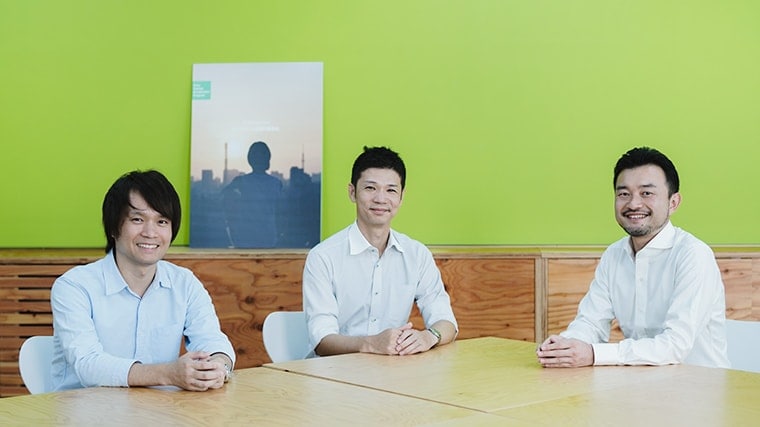
Odashima:SSAP would like to first solve the five startup challenges and share this scheme to our future successors. Today, there is not much a single individual or organization can do, and that is why it is important to involve various people through open innovation. If you can bring your ideas to life and attract people to your business, you can solve a social issue. If this happens everywhere, I think that the problems of the world will be solved gradually and can realize a sustainable society. Currently, SSAP provides the program to universities, and I think it would be ideal to create a society for our children's generations in which it is natural for everyone to find and solve challenges on their own and to turn them into businesses. I believe this is the way SSAP contributes to the society.

